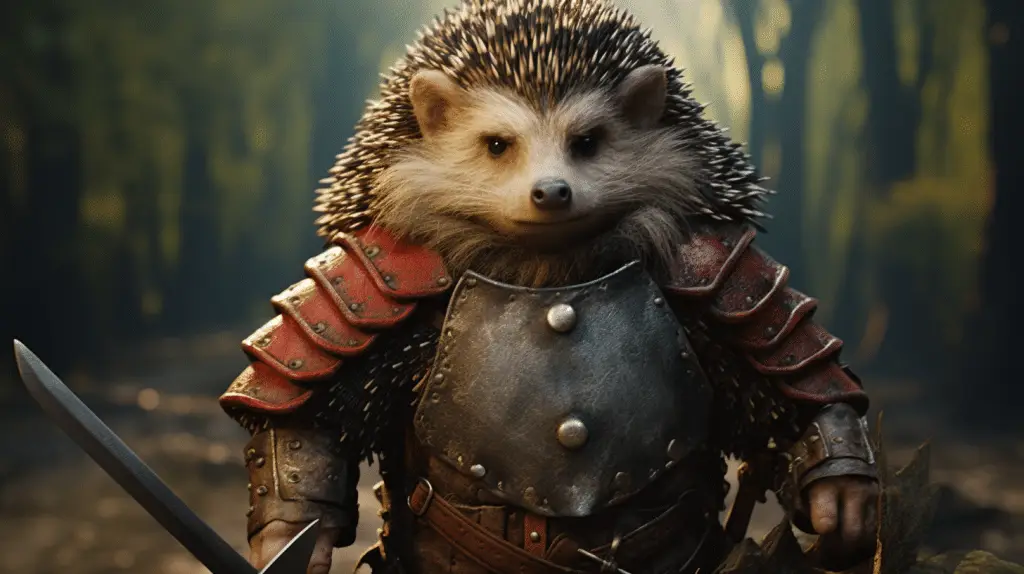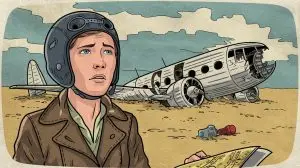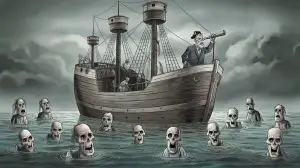The Bizarre and Cautionary Tale of Hans-My-Hedgehog. Within the mysterious realms of fairy tales, where reality intertwines with fantasy, exists the curious and cautionary tale of Hans-My-Hedgehog. Collected by the Brothers Grimm, this story beckons us into the heart of a dense, dark forest where a peculiar child named Hans, half-human, half-hedgehog, resides. The forest, a place where sunlight barely penetrates the thick canopy, becomes a refuge for Hans, a symbol of his ostracization and isolation from the human world.
Hans-My-Hedgehog, although a fantastical tale, explores profound themes that resonate deeply with human experiences. It delves into the complexities of promises, the essence of trust, and the significance of not judging others solely by their appearances. The tale, in its bizarre and eerie nature, serves as a mirror, reflecting back our own prejudices and assumptions, forcing us to confront and question them.
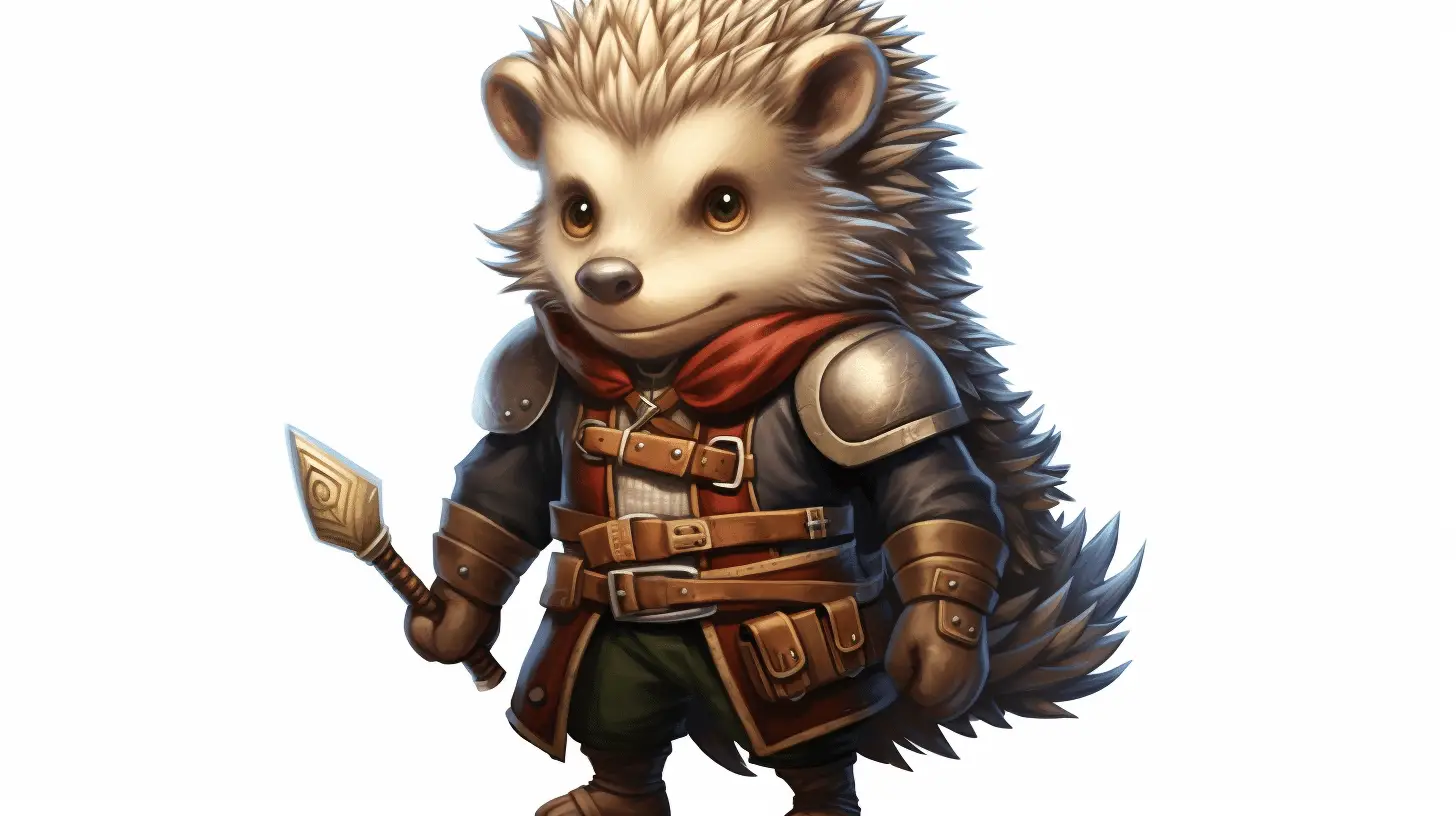
The Wish for a Child
The story of Hans-My-Hedgehog roots in the desperate longing of Hans’ parents for a child.Despite the risk of deformity, they fervently wish for one, even if it’s a hedgehog. Their desire, a testament to the profound human yearning for progeny, leads to the birth of Hans, a half-human, half-hedgehog child. His birth sends shockwaves of horror and disbelief through his parents, a grim reminder of the consequences of unguarded wishes.
An akin theme can be found in the tale of “Rapunzel,” where a desperate couple, longing for a child, makes a dangerous pact with a witch. They promise to give away their child in exchange for the witch’s rampion, a decision that leads to their daughter’s confinement in a towering castle. Both stories underscore the repercussions of reckless desires and the importance of understanding the gravity of one’s wishes.
Birth and Early Life of Hans-My-Hedgehog
In an attempt to adapt to Hans’ unique physiology, his father constructs a wooden stool with a cut-out seat. This stool, a symbol of a father’s love and acceptance, becomes Hans’ throne in his secluded world behind the stove. For eight long years, Hans lives in isolation, hidden away from the world’s prying eyes, a heart-wrenching testament to his rejection and alienation due to his startling appearance.
The isolation Hans endures in his early life imbues him with a deep connection to animals. His only companions during these years are the creatures that share his home. From them, he learns about unconditional acceptance and love. This relationship with animals echoes the theme found in “The Beast in the Jungle,” where the protagonist, isolated from human companionship, finds solace in his connection with nature.
Hans-My-Hedgehog’s Departure
The stinging pain of rejection and a yearning for acceptance propels Hans to ask his father for bagpipes, and he rides away on a rooster to the forest. The forest, a symbol of freedom and refuge, becomes Hans’ sanctuary. There, he tends to swine and asses, and the melody of his bagpipes fills the forest air. This departure marks a significant transformation in Hans’ journey, a journey from rejection to self-discovery.
Hans’ journey mirrors the journey of the “Little Mermaid” in Hans Christian Andersen’s tale. The Little Mermaid, feeling out of place in her underwater world, yearns to be part of the human world. She embarks on a perilous journey, making sacrifices along the way, only to learn harsh truths about the human world.
Hans-My-Hedgehog and the First Lost King
During his time in the forest, Hans stumbles upon the first lost king, who, in his desperation, promises Hans anything for his guidance. However, the king reneges on his promise, betraying Hans through a deceptive written bond. This deception leads to the king’s daughter being sent back home in disgrace after Hans pricks her with his hedgehog skin. The king’s betrayal serves as a sobering reminder of the dire consequences of breaking promises and manipulating trust.
In the realm of fairy tales, one can find numerous examples of broken promises leading to disastrous consequences. In “Jack and the Beanstalk,” Jack’s mother throws away the magic beans, breaking her promise to Jack not to discard them. This broken promise leads to the growth of a massive beanstalk and a series of dangerous adventures that Jack must undertake.
Hans-My-Hedgehog and the Second Lost King
Continuing his solitary journey, Hans encounters the second lost king, a man of honor who keeps his promise to Hans. A transformative fire enables Hans to shed his hedgehog skin, revealing a handsome young man underneath. This transformation leads to his marriage to the second king’s daughter and his subsequent inheritance of the kingdom, signifying Hans’ redemption that the first king denied him.
The theme of transformation through love and acceptance can be found in numerous fairy tales. One such tale is “The Swan Princess.” In this story, a cursed princess turns into a swan during the day and can only regain her human form at night. It is only through the prince’s unconditional love and acceptance that she breaks the curse and transforms back into a human permanently.
Transformation and Redemption of Hans-My-Hedgehog
The pivotal moment of Hans’ transformation from a hedgehog to a man comes as he sheds his prickly exterior. Following his transformation, he receives the kingdom from the second king and reveals his true identity to his birth father. The story concludes on a hopeful note, with Hans and his father living happily in the kingdom, a testament to the healing power of love and acceptance.
The theme of transformation and redemption is prevalent in many fairy tales. In “The Princess and the Frog,” a haughty princess learns humility and love through her interactions with a cursed prince who has been transformed into a frog. By accepting him despite his appearance and showing him love, she triggers his transformation back into a human, emphasizing that transformation and redemption often stem from acceptance and love.
Themes in Hans-My-Hedgehog
The tale of Hans-My-Hedgehog is a rich tapestry woven with several significant themes [4]. It highlights the importance of acceptance, encapsulates the transformative power of love, and underscores the significance of keeping promises [4].The tale also mirrors societal attitudes towards those perceived as “other” or different, urging us to look beyond appearances and recognize the inherent worth of every individual.
A parallel theme can be seen in the tale of “The Ugly Duckling” by Hans Christian Andersen. The story revolves around a duckling who, due to his distinctive appearance, faces rejection and ridicule from his peers. However, he ultimately transforms into a beautiful swan, teaching readers the importance of patience, resilience, and the realization that true beauty lies within.
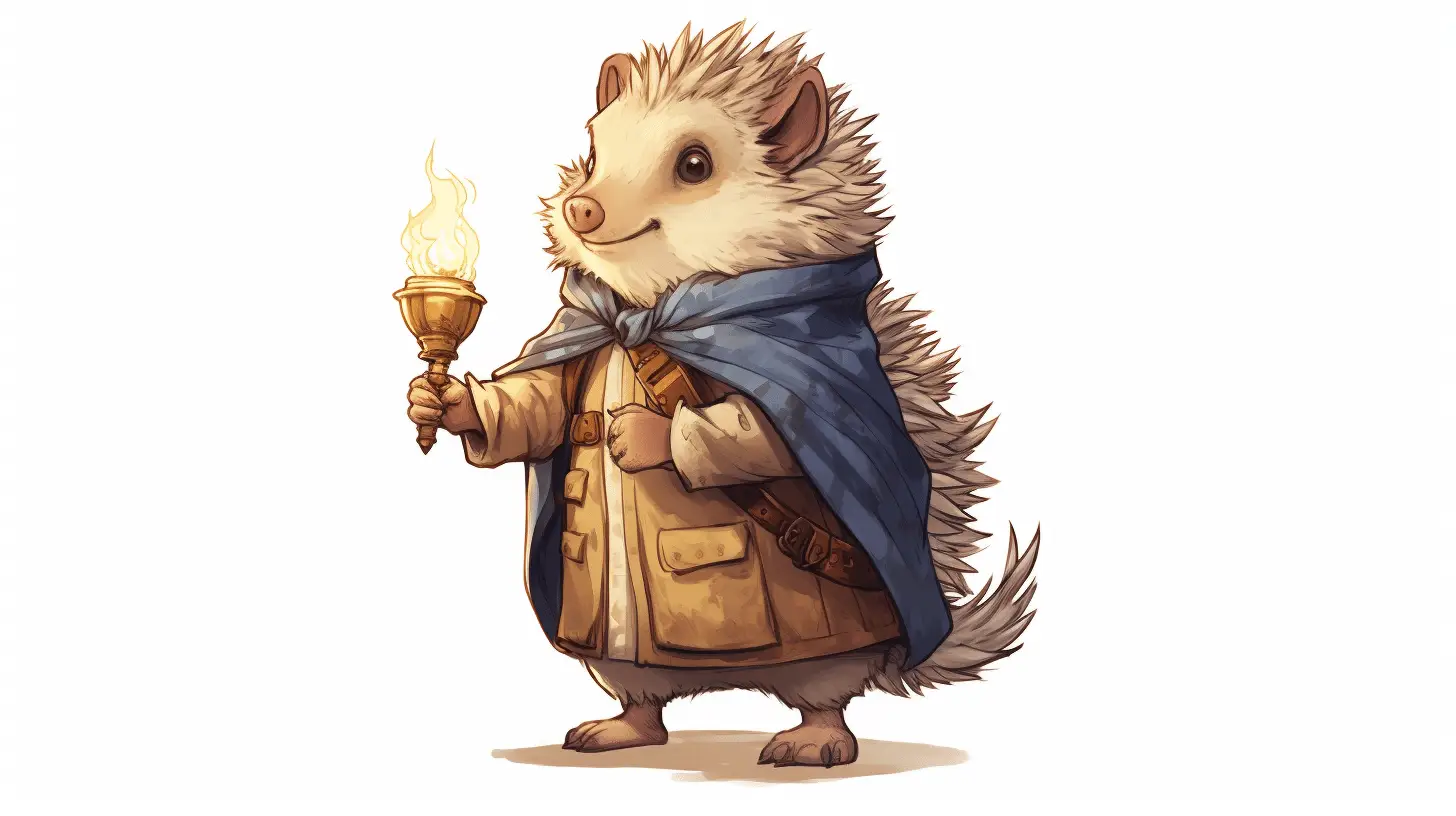
Interpretations of Hans-My-Hedgehog
The story of Hans-My-Hedgehog, though a fairy tale, offers valuable lessons and insights that are relevant even today. It teaches us the significance of acceptance and inner beauty and reminds us that true worth is not determined by external appearances. The transformative power of love and redemption is also highlighted, emphasizing the possibility of change and growth. Moreover, the tale underscores the importance of perseverance and resilience in overcoming adversity.
A poignant interpretation of the tale is its portrayal of the challenges faced by those with physical or mental differences. Hans’ unique appearance and the rejection he faces can be viewed as a reflection of societal prejudices and discrimination. The tale serves as an appeal for empathy, understanding, and acceptance, urging us to embrace diversity and recognize the inherent worth of every individual.
Adaptations of Hans-My-Hedgehog
The enduring allure of Hans-My-Hedgehog has led to its adaptation in various forms of media, reinforcing its timeless appeal. Its intriguing narrative has been transformed into operas, children’s books, animated films, short films, plays, and television shows. Each adaptation offers a unique interpretation and presentation of the story, further solidifying its place in folklore and literature.
One such adaptation is the opera “Hans-My-Hedgehog” by Viktor Ullmann. Premiered in 1940, the opera brings the tale to life through a fusion of music and dramatic performances. It not only entertains but also challenges listeners to reflect upon the profound themes and lessons embedded within the tale.
A Reminder
The cautionary tale of Hans-My-Hedgehog serves as a stark reminder of the consequences of breaking promises and the importance of not judging by appearances. It explores themes of acceptance, transformation, and the power of love. Despite its unsettling nature, the story continues to captivate audiences and inspire adaptations in different artistic mediums. The bizarre and cautionary tale of Hans-My-Hedgehog compels us to examine our own judgments and prejudices and embrace the lessons it imparts for modern society. Its enduring relevance and popularity are a testament to its powerful narrative and timeless themes.
Steve is the creative force behind My Unique Tales, a blog dedicated to sharing captivating stories that explore the human experience in all its complexity. With a passion for writing and a talent for crafting engaging narratives, Steve's blog is a treasure trove of imaginative tales that transport readers to other worlds and challenge them to see things from new perspectives. From epic adventures to intimate character studies, Steve's stories are always thought-provoking and emotionally resonant. With a growing following of readers who appreciate his unique voice and creative vision, Steve is quickly becoming a rising star in the world of online storytelling.

